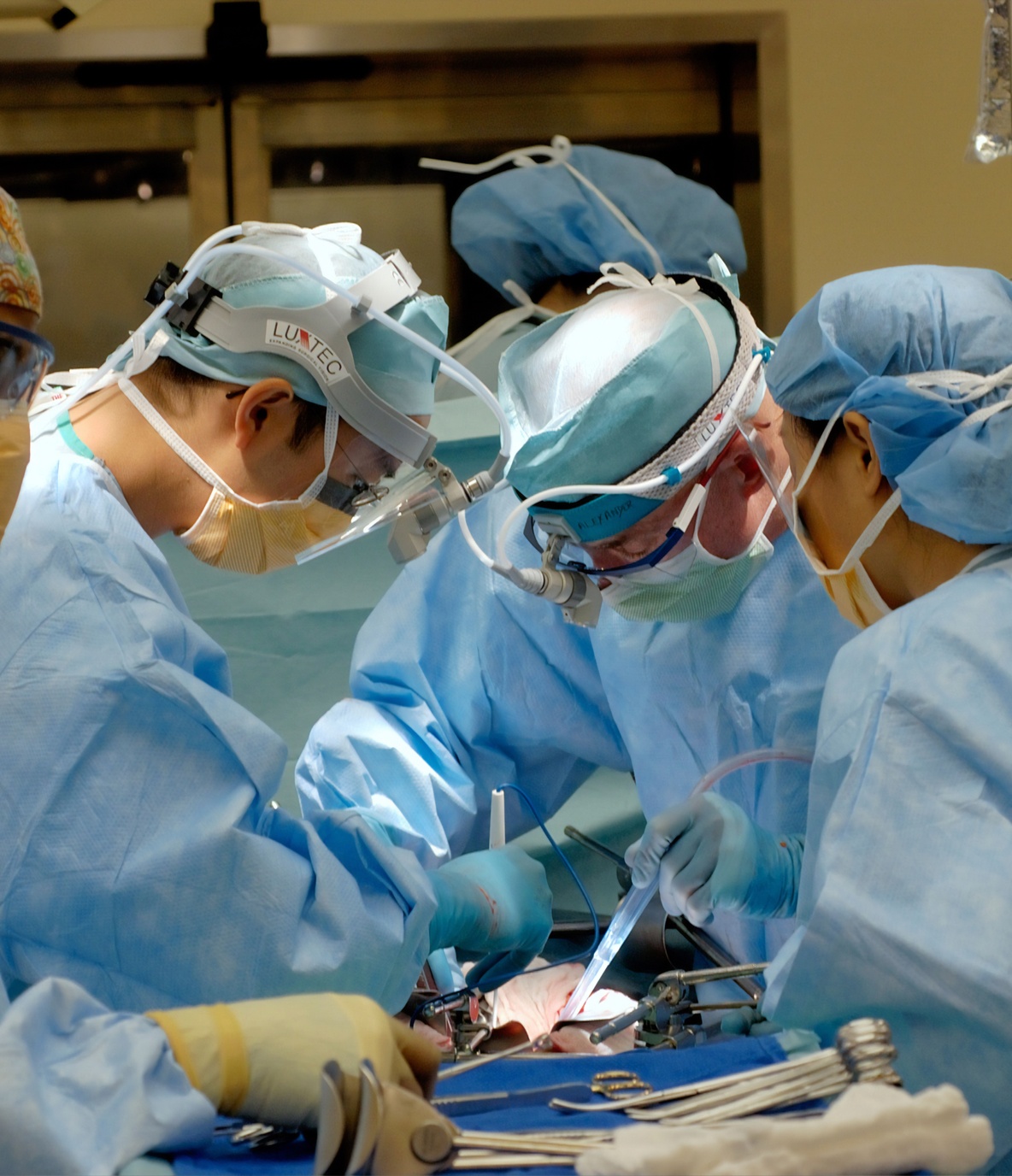procedures
Barrx Ablation for Barrett’s Esophagus
WHAT YOU SHOULD KNOW ABOUT BARRX ABLATION THERAPY
What is a Barrx Ablation

Barrx ablation is a very specific intervention done during an upper endoscopy that lets your doctor treat Barrett’s esophagus. Your doctor will use a thin, flexible tube called an endoscope and will view the images on a video monitor. You will already carry a diagnosis of Barrett’s esophagus with dysplasia. During the procedure your doctor will use a radiofrequency ablation tool to apply radiofrequency energy (heat) to the abnormal cells and destroy these cells. This destruction can prevent the abnormal cells from developing into esophageal cancer.
Why is a barrx ablation done?
This procedure helps prevent abnormal cells associated with Barrett’s esophagus from developing into esophageal cancer.
What preparations are required?
It is very important to stop eating and drinking at the times noted in your instructions. Please pay close attention to these instructions to avoid delaying or cancelling your procedure. Tell your doctor in advance about any medications you take since you might need to adjust your usual dose for the examination. Discuss any allergies to medications as well as medical conditions such as heart or lung disease.
Your doctor may also order ahead medications to take after the ablation to help healing after radiofrequency treatment.
What happens during a barrx ablation?
Your doctor might start by spraying your throat with a local anesthetic or giving you anesthesia to help you relax. You'll then lie on your side and your doctor will pass the endoscope through your mouth and into your esophagus, stomach and duodenum. The endoscope doesn't interfere with your breathing, most patients find the test only slightly uncomfortable, and many fall asleep during the procedure.
Measurements of Barrett’s esophagus will be done and then the appropriate radiofrequency catheter will be chosen and used to treat you irregular esophageal tissue.
What happens after barrx ablation?
You’ll be monitored until most of the effects of the medication wear off. Your throat might be a little sore, and you might feel bloated because of the air introduced into your stomach during the test. You’ll be able to eat after you leave unless your doctor instructs you otherwise.
Your physician will explain the results of the exam to you when the procedure is done, although you will have to wait for the results of any biopsies for the final results.
If you’ve been given anesthesia during the procedure, someone must drive you home and stay with you. Even if you feel alert, your judgment and reflexes could be impaired for the rest of the day.
What are possible complications?
Although complications can occur, they are rare when doctors specially trained and experienced in this procedure perform the test. Bleeding can occur at the treatment site, but it's usually minimal and rarely requires follow-up. A hole or tear in the digestive tract lining may require surgery, but this is very uncommon. Some patients might have a reaction to the sedatives or complications from heart or lung disease.
Most commonly there is some chest soreness that can develop and occur for a few days after the procedure. Medications will be supplied for this by your doctor. Another complication can be related to a stricture that develops at the treatment site. This typically resolves buy may require dilation by your doctor at a follow up procedure.
Although complications after an upper endoscopy are very uncommon, contact your doctor immediately if you have a fever after the test or notice trouble swallowing or increasing throat, chest or abdominal pain. Another possible complication is bleeding including black stools, which can occur several days after the procedure.
If you have any concerns about a possible complication, contact your doctor right away.